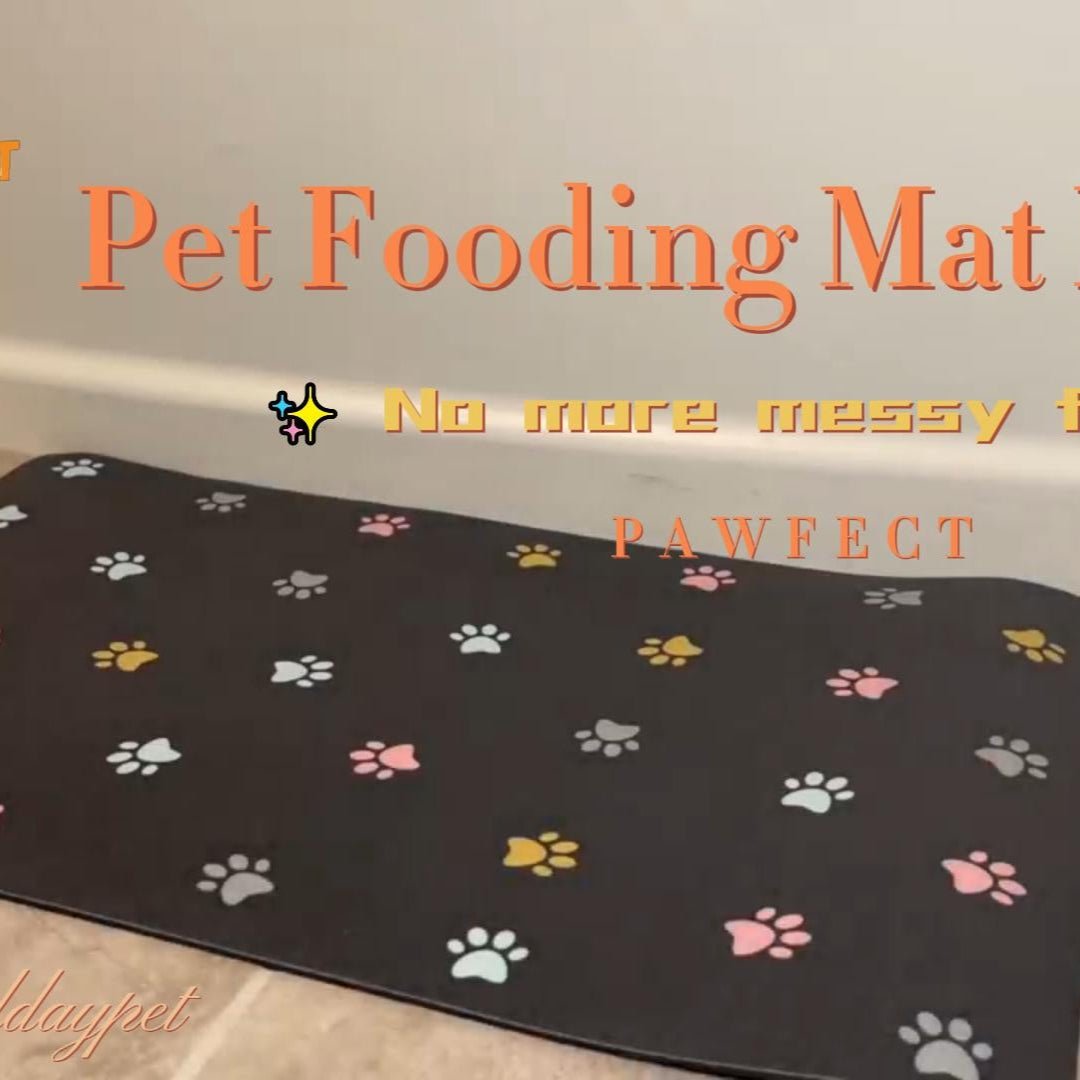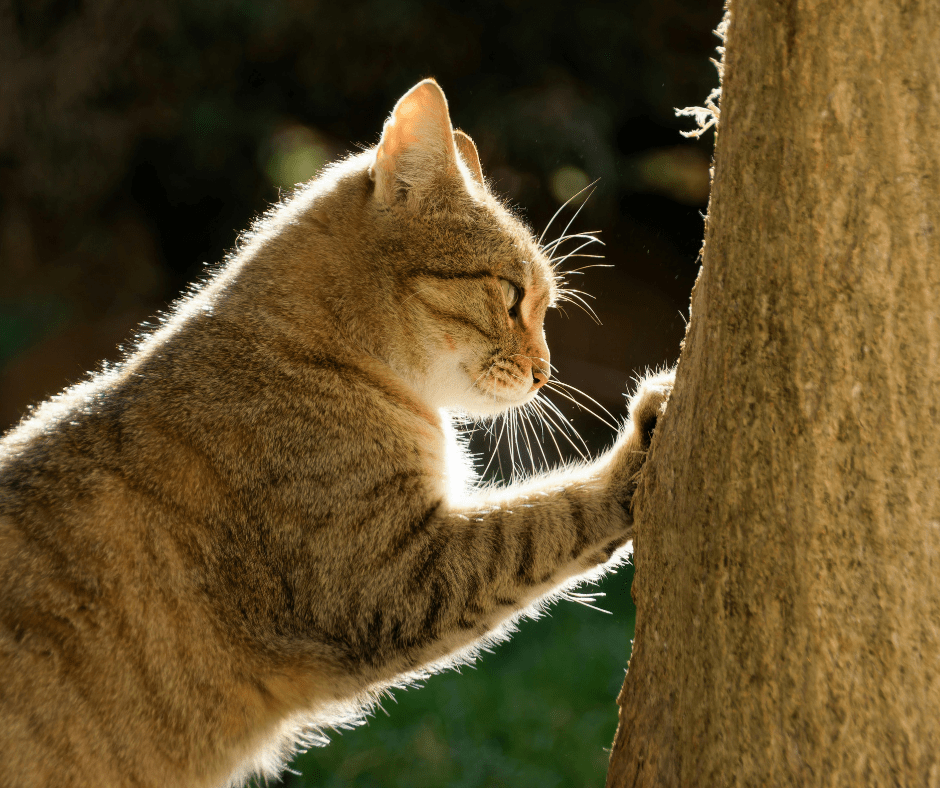






Best Cat Scratch Deterrent Sprays and Tapes: Do They Really Work?
If you share your home with a feline friend, you likely also share it with a piece of furniture that’s seen better days. A shredded sofa arm, a frayed rug, a beloved chair turned into a personal scratching post—it’s a universal cat owner experience. Scratching is a natural, instinctive behavior for cats; it’s how they mark territory, stretch their muscles, and shed old claw sheaths. The challenge isn’t to stop the behavior, but to redirect it.
This is where the world of cat scratch deterrents comes in. Promises of saved furniture are everywhere, but do these products actually work, or are they just a waste of money? We’re diving deep into two of the most popular solutions: deterrent sprays and deterrent tapes/stickers. We’ll break down how they work, their pros and cons, and how they stack up against other options like scratch-resistant materials.
Understanding the "Why" Behind the Scratch
Before we ban the behavior, we need to understand it. Punishing your cat for scratching is ineffective and can damage your bond. Instead, the goal is to make the undesirable target (your couch) unappealing while making the desirable target (a sturdy scratching post) irresistible. This is a two-pronged approach: deterrence and attraction.
Part 1: Cat Scratch Deterrent Sprays
These sprays come in two main varieties: offensive-smelling deterrents and pheromone-based calming sprays. They work in different ways.
How Do They Work?
Offensive-Smell Sprays: These are formulated with scents that cats find unpleasant, such as citrus, apple bitter, or other essential oils.
Pheromone Sprays: These synthetic pheromones, like Feliway, mimic the "friendly" facial pheromones cats use to mark safe, familiar objects.
The Pros:
- Easy to Apply: A quick spritz is all it takes.
- Non-Physical Barrier: There’s no sticky residue on your furniture or your cat’s paws.
- Great for Irregular Surfaces: Perfect for hard-to-cover areas like curved chair legs or the nooks of a wicker basket.
- Pheromone Sprays Address the Root Cause: If anxiety is driving the behavior, these can be more effective long-term.
The Cons:
- Requires Consistency: The scent fades over time, so you must reapply frequently (often daily).
- Variable Effectiveness: Every cat’s sense of smell is different. What one cat hates, another might ignore completely.
- Can Be Smelly for Humans Too: Some bitter apple sprays have a strong, unpleasant odor that you might not want on your living room furniture.
- Not a Physical Block: A determined or curious cat might power through the smell for a good scratch.
Part 2: Sticky Paws and Deterrent Tapes
This category includes double-sided sticky tapes and clear, sticky sheets you apply directly to surfaces.
How Do They Work?
Cats hate the feeling of sticky adhesive on their paws. When they go to scratch a taped-up area, the unpleasant sensation on their sensitive paw pads makes them recoil. It’s an immediate physical feedback that says, "This is not a good scratching spot."
The Pros:
- Highly Effective: The physical sensation is a powerful deterrent for the vast majority of cats.
- Long-Lasting: Once applied, the tape stays effective for weeks until it collects too much dust and lint.
- Visual Reminder: The tape acts as a physical barrier that you and your cat can see.
- Easy to Remove: Most high-quality options are designed to be residue-free when removed.
The Cons:
- Aesthetic Downside: Let’s be honest, strips of sticky tape on your beautiful furniture aren’t exactly a design statement.
- Limited Use on Fabrics: While they work on fabric, they are best suited for smooth, flat surfaces like wooden furniture arms, table legs, or walls.
- Can Catch Debris: The sticky surface can attract dust, pet hair, and lint, requiring replacement.
- Potential for Residue: Cheap tapes might leave a gummy residue behind when peeled off.
Our Top Pick for Deterrent Tape: Sticky Paws Original Double-Sided Tape
It’s the gold standard for a reason. The rolls are the perfect width, it’s seriously sticky without damaging surfaces, and it comes with helpful application tapes.
The Showdown: Deterrent Sprays vs. Scratch-Resistant Materials
When choosing a solution, many people also consider investing in inherently scratch-resistant materials for new furniture or covers. Here’s how they compare.
|
Feature |
Deterrent Sprays & Tapes |
Scratch-Resistant Materials |
|
Cost |
Low to Medium (ongoing cost for replenishment) |
High (significant upfront investment) |
|
Effectiveness |
High (Tape), Variable (Spray) |
High (but not 100% cat-proof) |
|
Aesthetics |
Low (can be unsightly) |
High (designed to look good) |
|
Best For |
Existing furniture, quick fixes |
New purchases, long-term solutions |
|
Maintenance |
High (frequent reapplication) |
Low (just clean as normal) |
|
How it Works |
Changes cat's behavior |
Changes the material's properties |
What are Scratch-Resistant Materials?
These are tightly woven fabrics like microfiber, canvas, denim, or synthetic leather that lack the loose loops cats love to sink their claws into. They are more about minimizing damage than preventing behavior.
The Verdict: Deterrent sprays and tapes are your go-to for protecting the furniture you already own. They are affordable, accessible, and highly effective behavior modifiers. Scratch-resistant materials are a fantastic preventative choice for your next couch or chair, but they should be paired with dedicated scratching pads to fully satisfy your cat’s instincts.
The Final Verdict: Do Cat Scratch Deterrents Work?
Yes, but with a major caveat: they are a tool, not a magic bullet.
Deterrent sprays and tapes work brilliantly to protect specific areas and teach your cat where not to scratch. However, they are only half the equation. For a truly scratch-free home, you must provide an attractive alternative.
1. Protect the "No-Zone": Use your chosen deterrent on the furniture your cat currently targets.
2. Create the "Yes-Zone": Place a tall, sturdy scratching post right next to the forbidden furniture. Sprinkle it with catnip or use a pheromone-attractant spray like Feliscratch to make it more appealing.
3. Positive Reinforcement: Lavishly praise and reward your cat with treats whenever you see them using the post.
When used correctly as part of a complete redirection strategy, the best cat scratch deterrent sprays and tapes are absolutely effective. They can mean the difference between a destroyed living room and a peaceful coexistence between you, your cat, and your favorite sofa.
